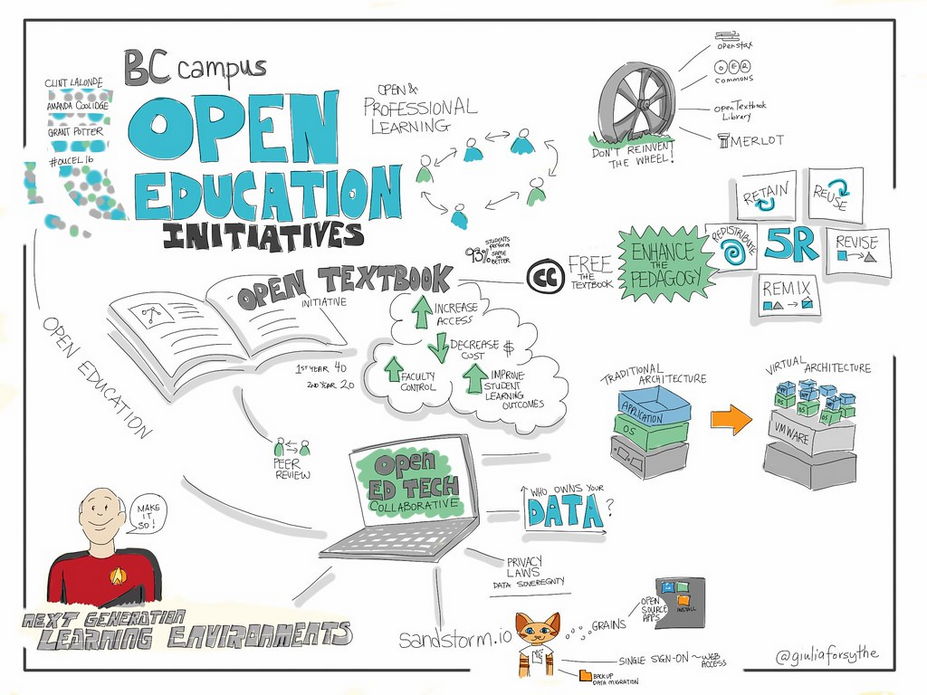Gamification in Higher Education: Enhancing Student Engagement Through Interactive Learning
In today’s digital age, where students are accustomed to interactive and engaging experiences, traditional lecture-based learning can struggle to hold their attention. Enter gamification: a powerful approach that leverages game mechanics and design principles to enhance learning and boost student engagement in higher education.
What is Gamification?
Gamification refers to the process of incorporating game-like elements into non-game contexts, like education. It involves using principles like points, badges, leaderboards, challenges, and rewards to motivate students, promote competition, and foster a sense of achievement.
Benefits of Gamification in Higher Education
- Increased Student Engagement: Gamification makes learning more interactive and fun, captivating students’ attention and encouraging active participation.
- Improved Knowledge Retention: By making learning a game, gamification promotes active recall and application of knowledge, leading to better understanding and retention.
- Enhanced Motivation and Collaboration: Game mechanics like points, badges, and leaderboards foster a sense of competition and achievement, motivating students and encouraging collaborative learning.
- Personalized Learning: Gamification allows educators to tailor learning experiences to individual student needs and preferences, creating a more personalized and effective learning environment.
- Development of 21st-Century Skills: Gamified learning activities often involve problem-solving, critical thinking, creativity, and collaboration, preparing students for the demands of the modern workforce.
Strategies for Gamification in Higher Education
There are numerous ways to implement gamification in higher education. Here are a few examples:
- Point Systems and Badges: Award points and badges for completing assignments, participating in class discussions, and achieving learning objectives.
- Leaderboards and Competitions: Create friendly competition among students by using leaderboards to track progress and performance on assignments or quizzes.
- Virtual Worlds and Simulations: Immerse students in virtual worlds and simulations to provide hands-on learning experiences and solve real-world problems.
- Interactive Quizzes and Games: Use online quiz platforms and games to reinforce learning concepts and provide immediate feedback.
- Collaborative Projects and Challenges: Encourage teamwork and problem-solving by assigning collaborative projects or challenges with gamified elements.
Best Practices for Gamification
To ensure the success of gamification in higher education, it’s essential to follow these best practices:
- Align with Learning Objectives: Ensure that game mechanics support and enhance learning goals, not distract from them.
- Provide Clear Feedback: Offer immediate and constructive feedback to students on their progress and performance.
- Encourage Student Choice: Allow students to choose their learning paths and activities within a gamified framework.
- Keep it Relevant and Engaging: Use game mechanics that are relevant to the subject matter and keep students actively involved.
- Monitor and Adjust: Regularly assess the effectiveness of gamification strategies and make necessary adjustments to optimize student engagement.
Conclusion
Gamification is a powerful tool that can transform higher education by making learning more engaging, interactive, and effective. By incorporating game mechanics and design principles, educators can create a more dynamic and rewarding learning environment that fosters student motivation, collaboration, and academic success.

Leave a Reply